
The hook-and-line fishing method is effective, but there are alternative techniques that can enhance its success. Anglers can experiment with various approaches to increase their chances of catching fish. One strategy involves incorporating live bait, such as worms or minnows, into the hook-and-line method. Live bait mimics the movements of real prey, attracting a greater number of fish.
Another effective technique is utilizing artificial lures. These lures replicate natural prey and are available in a wide range of shapes, colors, and sizes. When combined with the hook-and-line method, anglers significantly improve their likelihood of reeling in fish. Employing different types of lures while fishing allows for adaptability to factors like water temperature, weather conditions, and fish behavior patterns.
This flexibility ultimately leads to greater success and enjoyment for fishermen. Anglers should experiment with various techniques in order to discover what works best for them individually, resulting in more fulfilling fishing experiences.

Why Hook and Line Fishing is Popular?
Hook and line fishing, a beloved method for catching fish, offers simplicity and accessibility. With just a fishing rod, reel, and bait, anyone can participate without the need for extravagant gear or intricate techniques. Cast your line into the water and patiently await the exhilarating moment when a fish takes the bait.
This approach is ideal for both novices entering the world of angling and seasoned fishermen seeking an enjoyable pastime. The allure of hook-and-line fishing lies in its straightforwardness and demand for skill.
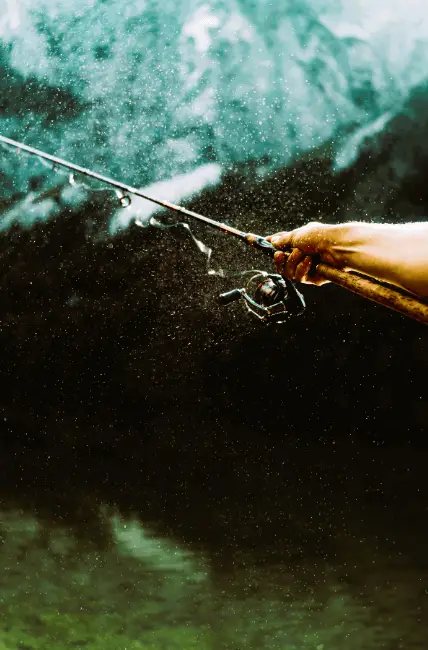
History of Hook and Line Fishing
For centuries, humans have relied on the ancient art of hook-and-line fishing to reel in their seafood feasts. Initially, hooks crafted from bones or shells were paired with lines woven from natural fibers, serving as the humble beginnings of this time-honored tradition. As generations progressed, so did the tools and materials employed in hook-and-line fishing, resulting in remarkable advancements.
The ingenious Vikings introduced gillnets into the mix, ingeniously ensnaring fish with their delicate gills. This groundbreaking innovation revolutionized the practice, facilitating larger catches and enhancing the overall fishing experience. In modern times, hook-and-line fishing has evolved into a beloved sport that not only brings joy to enthusiasts but also plays a vital role in maintaining sustainable fish populations throughout history.
Techniques for Hook and Line Fishing
Achieving success in hook-and-line fishing is not a guaranteed feat. Every angler refines their technique through dedicated practice and accumulated experience. Nevertheless, several approaches can enhance your chances of success.
- One such technique is jigging, which involves lowering a weighted lure into the water and swiftly jerking it up and down. This motion mimics the movements of injured or dying baitfish, effectively enticing predatory fish to strike. By altering the speed and depth of your jigging, you can target different species of fish.
- Another fruitful method is trolling, which entails trailing a lure or bait behind a moving boat. This strategy enables you to cover larger areas of water and locate feeding fish more efficiently. To maximize your chances while trolling, employ multiple lines with diverse lures or baits set at varying depths to attract an array of fish species.
- Patience and keen observation are crucial when engaging in hook-and-line fishing. Take ample time to assess the water conditions and scout for indications of submerged structures or bait activity. Adapt your techniques accordingly based on these findings. Observe fellow fishermen nearby and learn from their triumphs as well as their setbacks.
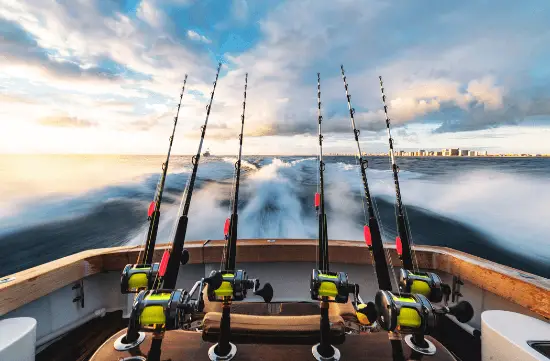
Different Types of Fish Caught with Hook and Line Fishing
Hook and line fishing is an exhilarating activity that allows you to reel in a variety of fish from diverse aquatic habitats such as the vast ocean, serene lakes, and meandering rivers. Each location presents its array of fish species, providing ample opportunities for you to showcase your angling prowess. Seasoned fishermen often set their sights on popular catches like trout, bass, and cod due to their fierce fighting spirit and delectable taste when prepared. However, it’s not only the well-known fish that captivate enthusiasts of this method; there are also lesser-known species with astonishing characteristics and behaviors that always succeed in astounding even the most seasoned anglers.
Hook and line fishing is a thrilling endeavor that allows anglers to discover new territories and reel in a diverse array of fish species. From the vibrant and venomous lionfish, which adds an adventurous touch to any angler’s catch, to the camouflaged flounder with its flat body perfectly suited for blending into sandy or muddy environments, these masters of disguise require skilled fishermen with keen eyes and lightning-fast reflexes. Whether you seek the allure of common fish or crave the excitement of encountering uncommon species, hook-and-line fishing promises an exhilarating experience every time.

Benefits of Hook and Line Fishing for Conservation
Hook and line fishing, an age-old technique widely employed in the realm of angling, boasts numerous environmental advantages due to its minimal impact. Unlike alternative methods like trawling or gillnetting, this method refrains from deploying colossal nets that scour the seafloor or ensnare unintended species. Consequently, hook-and-line fishing significantly diminishes the likelihood of capturing non-targeted fish, rendering it a more ecologically sound approach.
Moreover, this technique effectively curtails bycatch and affords fishermen the opportunity to pursue desired species selectively. By avoiding overexploited or immature fish, populations are given a chance to replenish themselves while fostering long-term sustainability.
Notably, hook-and-line fishing also serves as a catalyst for tourism and local economies by catering to avid anglers seeking thrilling encounters with sizable catches. Coastal communities benefit from increased revenue and job creation as tourists flock to these destinations in pursuit of marlin or tuna, thereby invigorating the local economy through heightened expenditure.
Equipment Needed for Hook and Line Fishing
Rod and Reel
In order to have a truly enjoyable fishing experience using hook and line, it is essential to ensure that you possess the appropriate gear. The most crucial component is undoubtedly a high-quality fishing rod. When selecting one, it is imperative to find a balance between strength and flexibility while also considering factors such as a comfortable grip and adjustable length.
Additionally, it is vital to choose a reel that aligns with your rod’s specifications in terms of size and weight capacity.
Lines
Equally important is the selection of an appropriate fishing line. The type of line required depends on various factors, including the targeted fish species and prevailing conditions. For versatility and affordability, monofilament lines are recommended, whereas those seeking enhanced strength and sensitivity should opt for braided lines. Whichever type you choose, ensuring its suitability for the desired catch’s weight capacity is paramount.
Hooks
It would be remiss not to mention hooks when discussing hook and line fishing. The intended catch’s dimensions should dictate the choice of hook size. It is worth noting that larger hooks do not necessarily guarantee superior results; in fact, they may impede efforts to capture smaller fish effectively. Whenever possible, employing barbless hooks is advisable as they facilitate painless removal from the fish’s mouth without inflicting harm.
Baits
Lastly, selecting suitable bait requires careful consideration as different fish exhibit varying preferences. To optimize your chances of success, it is wise to have an assortment of options at your disposal – live bait, artificial lures, and fresh-cut bait can all prove effective in enticing different species. Experimenting with diverse colors, sizes, and presentation techniques can further enhance your understanding of what works best under specific circumstances. Ultimately, the objective remains to find the perfect combination that entices fish to bite eagerly.
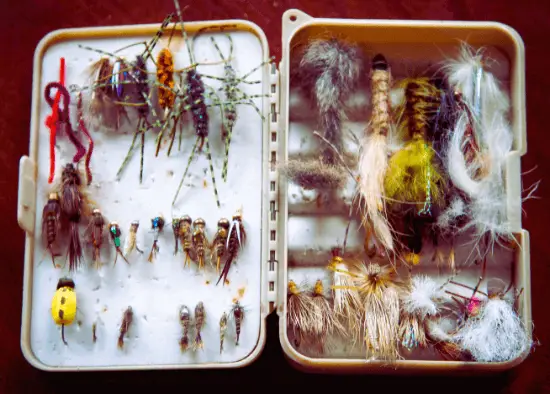
Understanding Different Types of Bait
Selecting the right bait is very important for successful fishing. There are two primary options: live bait and artificial lures. Live bait, such as worms, minnows, and insects, appeals to fish due to its natural movement and scent. It proves effective in landing large fish like bass or pike.
On the other hand, artificial lures mimic real prey with their diverse shapes, colors, and designs. They come in handy when targeting non-feeding fish or specific species that don’t favor live bait. By comprehending the disparities between various baits and considering factors like water conditions and fish preferences, anglers can adapt their fishing approach accordingly. Experimenting with different baits will enhance your understanding of what works best for you and increase your chances of catching prized fish.
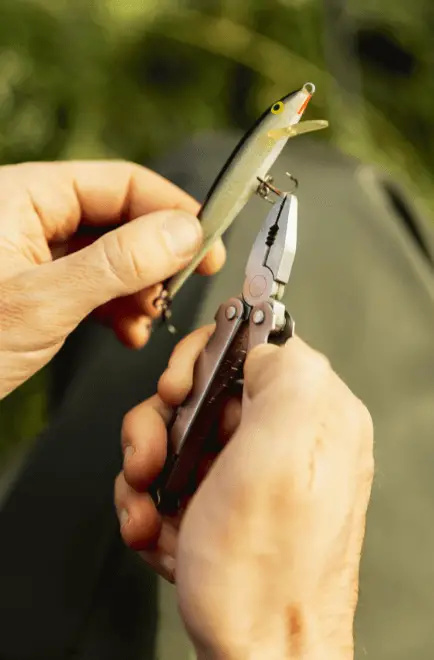
Tips for Successful Hook and Line Fishing
Choosing the Perfect Bait
If you’re looking to reel in some fish using a hook and line, it’s crucial to select the most suitable bait for your desired catch. While some fish are enticed by live bait, others are more drawn to artificial lures or specific types of small fish. Experiment with various options to uncover the ultimate choice that will yield the greatest results in your particular fishing location and circumstances.
Pay Attention to Details
In the world of hook-and-line fishing, the devil is in the details. Don’t overlook the importance of tiny factors, such as the dimensions and keenness of your hooks, as well as the durability of your fishing line. By implementing minor adjustments, like opting for a slimmer line or tinier hooks, you can significantly enhance your likelihood of reeling in a big catch.
Location Matters
In order to reel in a bountiful catch, it is crucial to familiarize oneself with the preferred haunts of fish. This can be accomplished through perusing maps, engaging in conversations with seasoned anglers, or employing cutting-edge fish-finding technology. In addition, one must factor in variables like water temperature, depth, topography, and flow in order to determine the probable whereabouts of our aquatic comrades. To increase your chances of a fruitful catch while engaging in hook and line fishing, follow these suggestions: employ suitable bait, pay close attention to intricate details, and possess knowledge about prime fishing locations.
Conclusion
For centuries on end, anglers have placed their faith in the tried and true method of hook-and-line fishing. However, there is an entire universe of alternative techniques waiting to be discovered that can revolutionize our fishing experiences and yield bountiful results. By delving into uncharted waters and incorporating these diverse approaches alongside the conventional hook-and-line method, anglers can drastically enhance their chances of reeling in that coveted trophy catch.
The possibilities are endless – from employing live bait to embarking on trolling adventures or immersing oneself in the captivating world of fly fishing – each option promises immense rewards for those willing to explore beyond the norm. So why not embark on an extraordinary angling expedition on your next outing? These alternative techniques unlock a realm of piscatorial abundance like never before seen or imagined.
FAQs
Q. What does the hook-and-line fishing method entail?
A. The hook-and-line fishing method is a technique that involves using a baited hook attached to a line to capture fish.
Q. How is the hook-and-line fishing method executed?
A. This technique involves an angler placing a lure or bait on the hook before lowering it into the water. The angler can reel in the fish when it takes the lure.
Q. Does the hook-and-line fishing method work well for catching fish?
A. Indeed, this method proves highly effective in capturing various species of fish due to its ability to precisely target them and minimize bycatch.
Q. Can I utilize different types of hooks for this fishing technique?
A. Absolutely! There exists a wide range of hooks designed to cater to different fishing requirements and target species. Selecting the appropriate hook size and style can optimize your chances of success.
Q. Can I combine the hook-and-line fishing method with other techniques?
A. Certainly! By combining the hook-and-line fishing method with additional techniques, such as trolling or jigging, you can enhance your catch rate and diversify your approach.
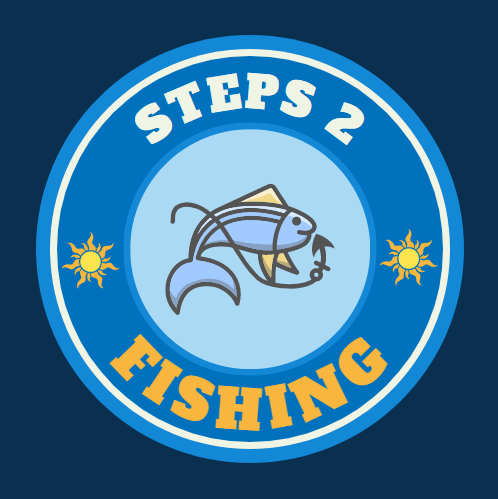

Leave a Reply